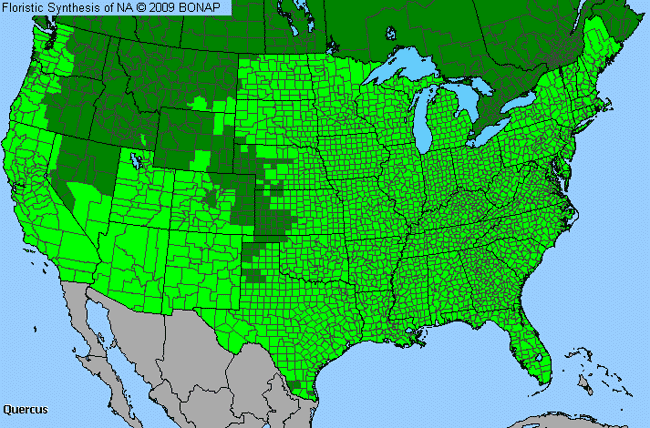Oak (Quercus)

Oak Genus Details

Oaks are a particularly large genus, with various species growing throughout the U.S. They are commonly found in residential areas, as well as parks, and remote forests. The trees are large, reaching heights of 150 feet. The plants contain both male and female flowering parts, meaning they produce pollen, and can be pollinated, too, either by themselves, or by other plants. The fruit is an acorn, which provides a staple in the diet of many small animals.
Oak Allergy Info

They shed considerable amounts of pollen, which presents a significant challenge to allergy sufferers. The pollen is commonly allergenic, and may cause severe reactions.
Oak Pollen Description

The pollen grains are spheroidal or oblately flattened and triangular in outline. They are tricolpate with long and narrow colpi.
Pollen grains are usually 24-38 micrometers.
Species in This Genus

Allergenicity Legend:
 Mild Allergen |
Mild Allergen |
 Moderate Allergen |
Moderate Allergen |
 Severe Allergen |
Severe Allergen |
 Allergy Test Available
Allergy Test Available
Oak (Quercus) is a genus of the FAGACEAE family.
This genus includes the following allergenic species:
This genus includes the following allergenic species:















